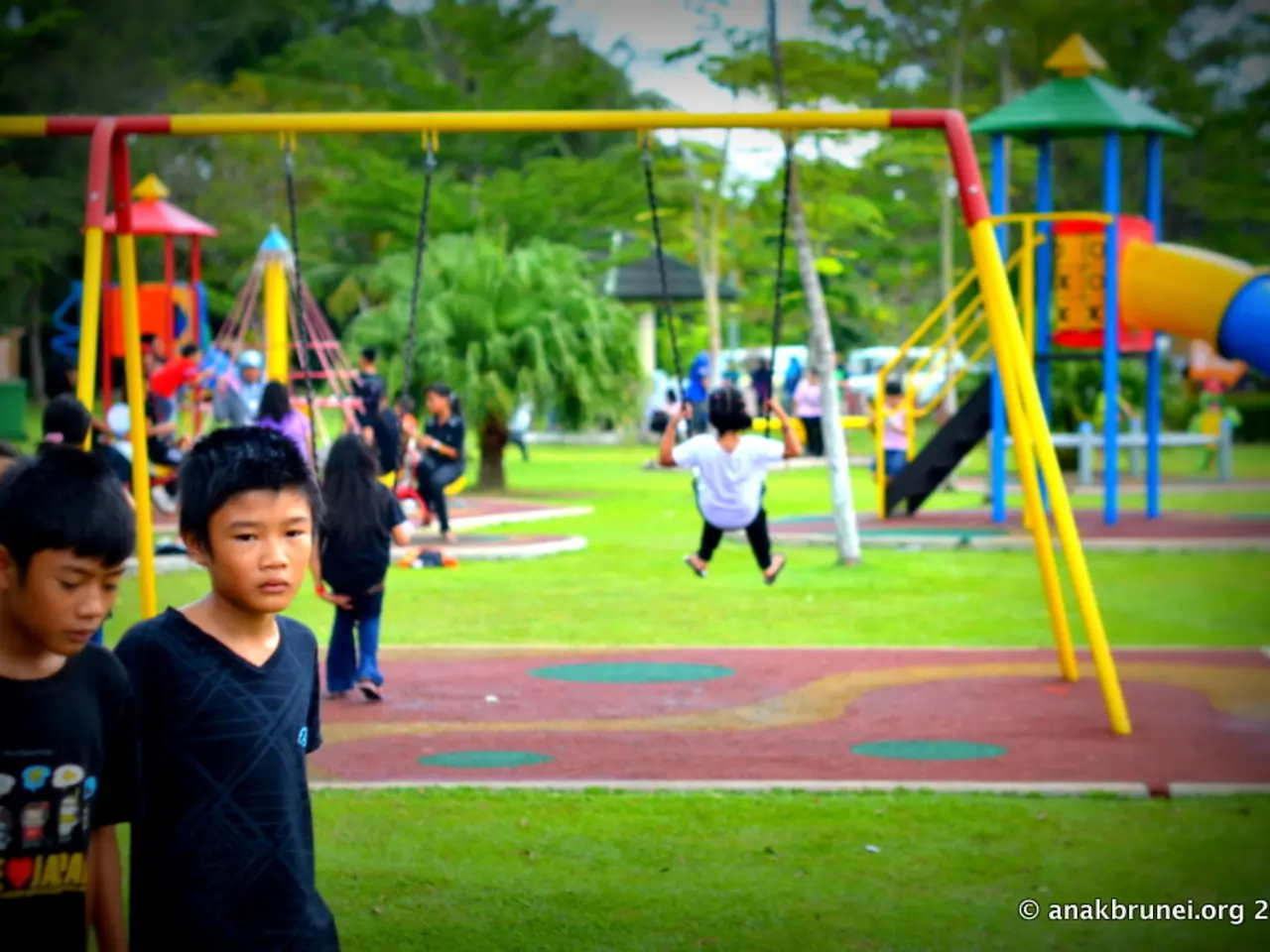Teaching Strategies for Open-Air Classrooms
In the realm of education, David Sobel, Professor Emeritus at Antioch University in New Hampshire, has been a pioneer in promoting nature-based learning. His latest work, "Childhood and Nature: Design Principles for Educators," released in March 2021, offers a fresh perspective on how educators can connect children with nature.
Sobel's work focuses on several design principles that encourage children's natural affinity with animals and the outdoors. These principles include 'special places,' 'hunting and gathering,' and 'animal allies.' However, his broader emphasis on place-based education and nature-based learning suggests additional design principles that could enhance outdoor learning experiences.
One such principle is 'Nature as a Teacher,' which emphasizes using nature itself as the primary teacher. This approach encourages children to learn directly from their experiences in the natural world, with minimal adult intervention. Another principle is 'Seasonal Exploration,' which involves designing activities that highlight the unique characteristics of each season, helping children understand the cycles of nature.
Community Engagement is another vital principle. By integrating local community members into outdoor learning experiences, children can gain a deeper understanding of environmental practices and traditions. Risk and Challenge, Sensory Exploration, and Narrative and Storytelling are other design principles that align with Sobel's broader philosophy, fostering resilience, emotional connection, sensory engagement, and historical understanding, respectively.
Children's inherent fascination with following paths and making maps of places is encapsulated in the design principle 'Maps and Paths.' Teachers can also leverage children's forts and special areas to foster learning.
Outdoor classes can combine natural exploration with artistic, scientific, and computer literacy skills. For instance, students can create illustrations and descriptions of their plants or take photos on a school walk and research their findings using classroom computers. Technology can also be used to increase student engagement both inside and outside the classroom.
The U.S. National Parks can be utilised to support STEM learning in outdoor classes. However, considerations for outdoor class logistics, such as student seating, temperature, and environment, are not covered in "Childhood and Nature" but can be found in "A Forest Days Handbook: Program Design for School Days Outside."
For more information about outdoor design principles, Sobel recommends visiting his website. The new edition of "Childhood and Nature: Design Principles for Educators" features updated examples of outdoor design principles in action, offering practical insights for educators seeking to connect children with nature.
- The design principle 'Nature as a Teacher' in Sobel's work encourages students to learn directly from their experiences in the natural world, with minimal teacher intervention.
- By integrating local community members into outdoor learning experiences, children can gain a deeper understanding of environmental practices and traditions as part of the Community Engagement design principle.
- Making use of technology in outdoor classes can help increase student engagement and facilitate learning, such as researching findings from a school walk using classroom computers.
- Education-and-self-development can be enhanced through interactive learning experiences that combine natural exploration with artistic, scientific, and computer literacy skills during outdoor classes.




